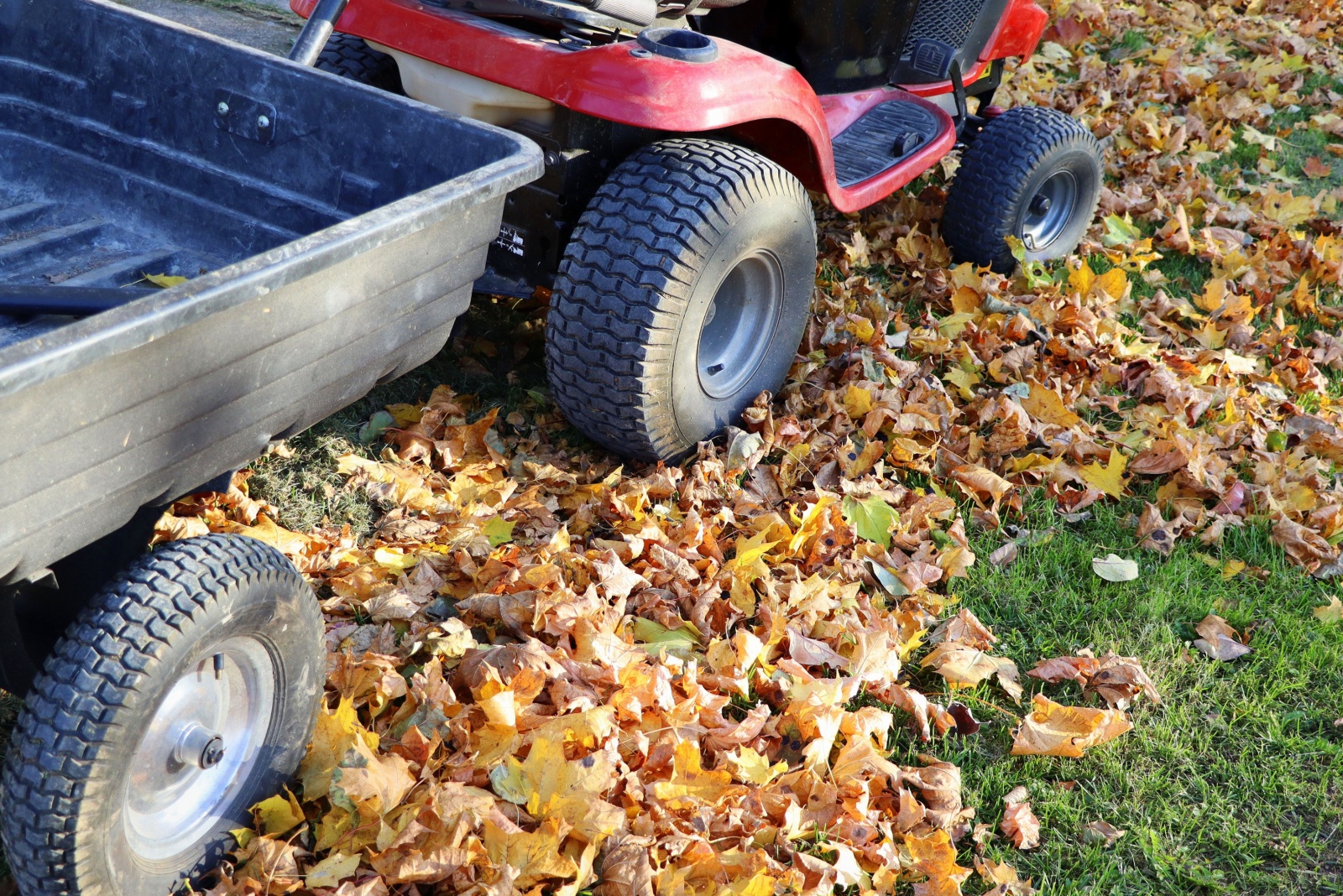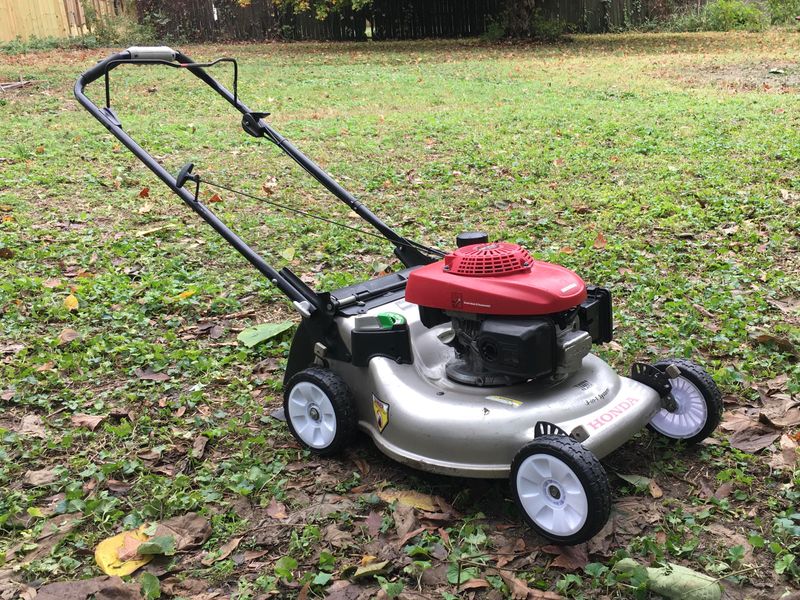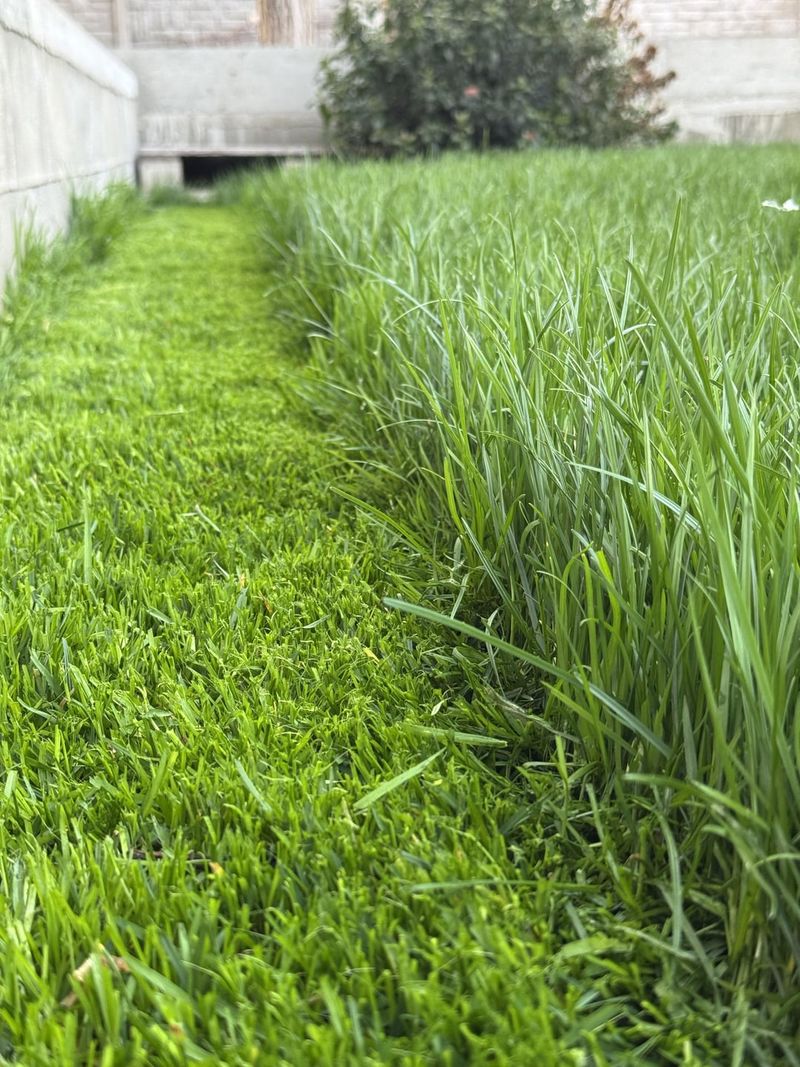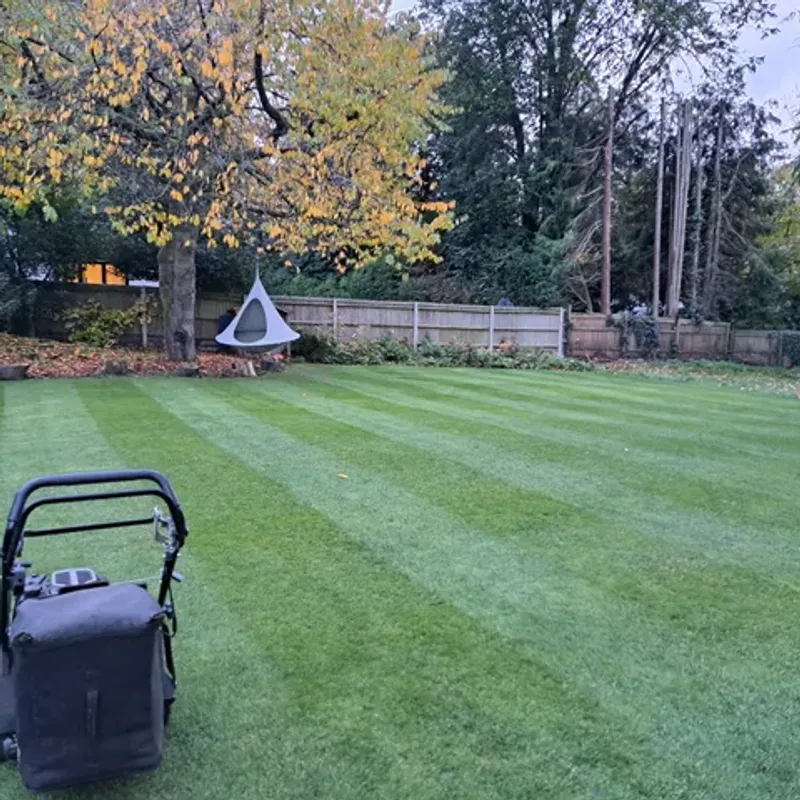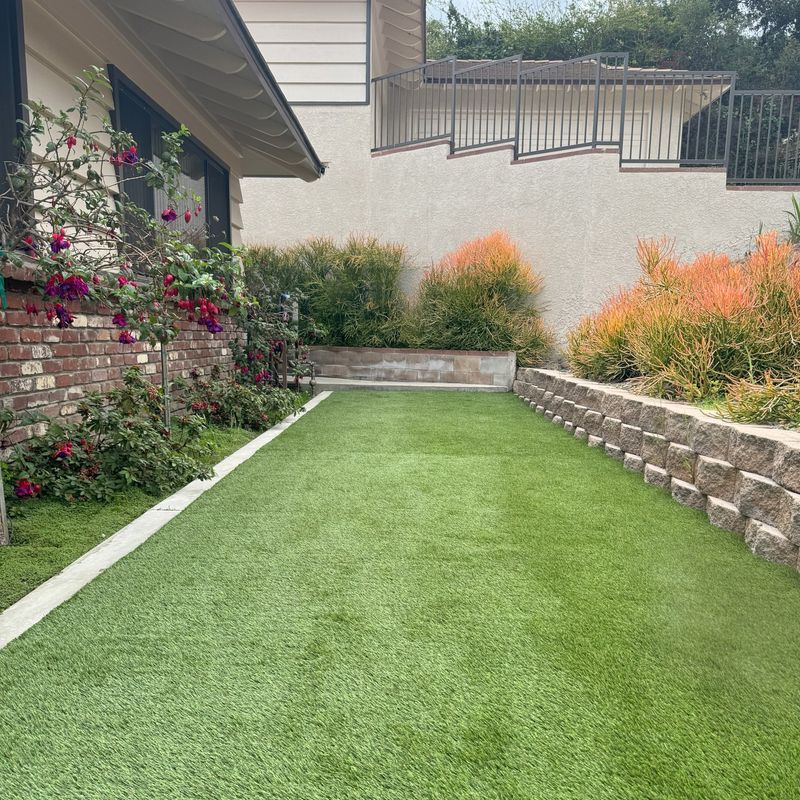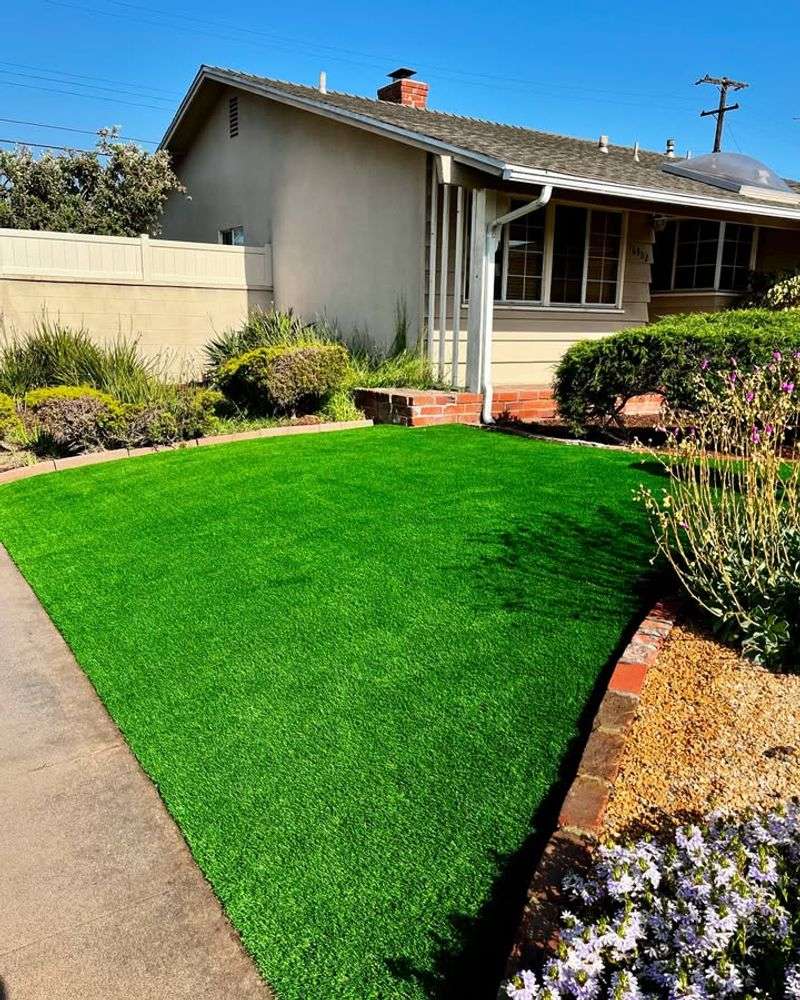Winter is coming to Indiana, and your lawn needs one last favor before the snow arrives. Mowing your grass one final time before the cold sets in might seem simple, but it can make a huge difference when spring rolls around.
Gradually lowering your mower blade height prepares your lawn for healthier, greener growth when warm weather returns. Ready to discover why this easy trick works so well?
1. Lower Blade Height Prevents Snow Mold
Snow mold thrives when long grass gets matted down under heavy snow and ice. Fungal diseases love damp, compressed conditions that trap moisture against your lawn throughout winter months.
By gradually lowering your mower blade over several cuts, you reduce grass height to about two inches. This shorter length allows better air circulation and prevents the perfect environment for disease.
Your spring lawn will thank you with fewer brown patches and healthier green growth from the start.
2. Shorter Grass Means Less Winter Damage
Tall grass blades bend and break under the weight of snow, creating weak spots that take longer to recover. Indiana winters can be harsh, with heavy snowfall and ice storms that press down on your lawn for months.
Cutting grass shorter before winter reduces the surface area exposed to damaging elements. Your lawn experiences less physical stress and bounces back faster when temperatures warm up.
Think of it as giving your grass a protective haircut for the cold season ahead.
3. Gradual Lowering Avoids Shocking Your Lawn
Chopping grass too short all at once stresses the plants and weakens their root systems. Grass needs time to adjust to different cutting heights without going into shock.
Start by lowering your blade one notch during your second-to-last mowing, then drop it another notch for the final cut. This gentle approach keeps grass healthy while achieving the ideal two-inch winter height.
Patience here pays off with a lawn that stays strong through freezing temperatures and emerges vibrant in spring.
4. Timing Your Final Mow Matters In Indiana
Indiana lawns typically need their last mowing between late October and mid-November, depending on when grass stops growing. Watch for temperatures consistently dropping below 50 degrees Fahrenheit as your signal to prepare.
Mowing too early means grass keeps growing and gets too long again. Waiting too late risks cutting frozen grass, which damages the blades and creates entry points for disease.
Check your local weather forecast and plan your final mow when conditions are dry and mild.
5. Two Inches Is The Magic Height
Professional landscapers recommend two inches as the perfect winter grass height for cool-season lawns common in Indiana. This measurement balances protection with disease prevention beautifully.
Grass shorter than two inches exposes roots to harsh freezing temperatures and potential winter damage. Grass taller than two inches invites snow mold, matting, and pest problems that damage your lawn.
Two inches provides enough blade length for photosynthesis while minimizing winter risks. Use a ruler to check your results after mowing.
6. Spring Green-Up Happens Faster
Lawns properly prepared with pre-winter mowing wake up faster when spring arrives in Indiana. Shorter grass allows sunlight to reach the soil and crown of plants more easily, warming the ground quicker.
This head start means your grass begins growing several weeks earlier than neglected lawns. You will notice thicker, greener coverage while neighbors still have patchy brown spots.
The extra effort in fall creates a competitive advantage that lasts throughout the entire growing season ahead.
7. Healthier Roots Develop Underground
When grass blades are cut to the right height, plants redirect energy from leaf growth to root development. Strong roots are essential for surviving Indiana’s freeze-thaw cycles that can heave soil and damage shallow root systems.
Deeper roots access moisture and nutrients more effectively, creating resilient grass that withstands stress better. Your lawn develops a stronger foundation during dormancy that supports vigorous spring growth.
This underground work happens invisibly but makes all the difference when warm weather returns to your yard.

